New Zealand Geography
New Zealand has diverse landscape features and this is contained within a relatively small land area. The landmass is roughly the same as the UK or Japan, the only difference being its relatively small population of just over 4 million. Most of the population are concentrated in the urban areas and this makes the rural areas relatively sparsely populated.
The North Island and the New Zealand South Island are the two major islands and the climate varies from sub-tropical to continental. This makes New Zealand suitable for dairy, agriculture and horticulture industries. New Zealand's closest neighbour is Australia and the country's relative isolation from the rest of the world has ensured the survival of many rare plant and bird species such as the Kiwi bird. No wonder, New Zealand travel is one of the most lucrative option for most travelers.
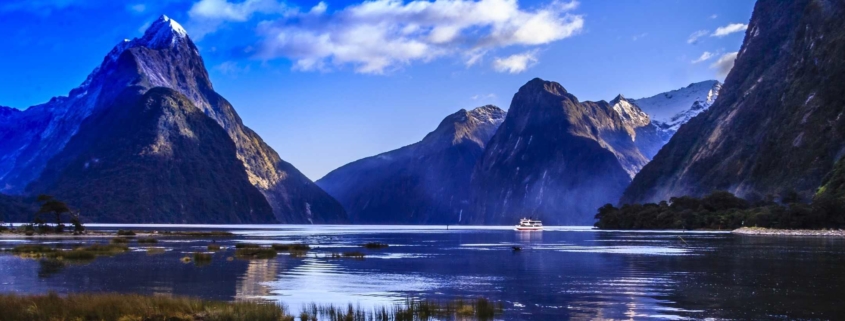
Whilst New Zealand is a small and distant destination, it is a unique country in which to study and gain a qualification. You'll find the rewards are well worth making the journey for, as well as training that simply can't be found anywhere else in the world.
The stories you've heard about New Zealand are true - it is an amazing, stunning, unspoilt, uncrowded and breathtaking country. Despite its small size, you'll find a whole world with every type of landscape, scenery, activity, lifestyle and culture that you can imagine, and a host of others that you simply can't - yet. Nothing can prepare you for the beauty of New Zealand, as it is distinctive and different from everything you will know. It's a place where you will want to go and get to know, a place you will want to learn about while you learn, a place where nature and exhilarating experiences rule supreme… a place that is pristine and pure! The climate is temperate and almost sub-tropical, with mild, wet winters and warm, dry summers, conducive to study, sightseeing and recreation.
While similar in size to the United Kingdom, Japan or California, New Zealand, with its North and South islands, only has a population of 3.8 million, so it's easy to get away from the crowds. Even in the larger cities and towns you can find open rolling green farmland and sun-soaked golden beaches with blue oceans, safe harbours or majestic snow-covered mountains, glacial valleys, and forests of ancient native trees and giant ferns very close at hand.
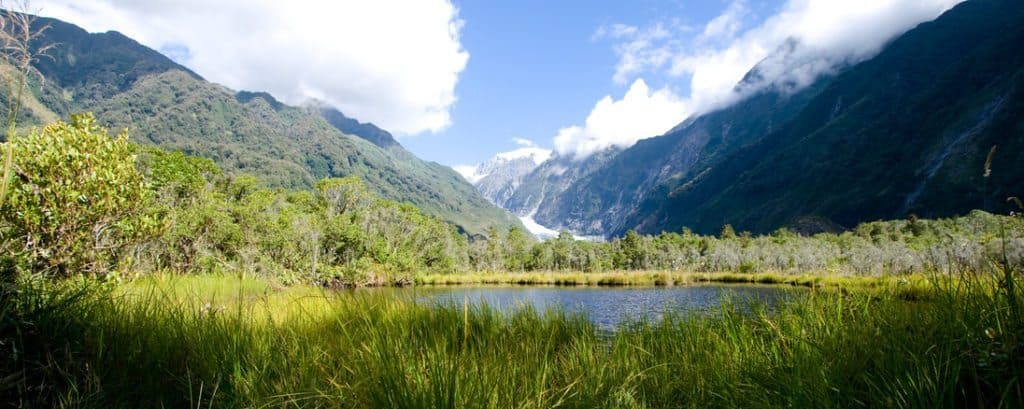
New Zealand has developed a European culture, as well as embracing the rich and historic cultural elements from the Maori and Pacific Island heritages and the rapidly growing multi-cultural Asian communities. New Zealanders, or 'kiwis' as they are often known, are very well educated, very well travelled, and have developed a 'can do' philosophy with a keen sense of adventure, inventiveness and fun. As well as being famous for bungee jumping, jet boating, kiwi-fruit and millions of sheep, New Zealanders have an international reputation and recognition for excelling in many areas, including the arts, science, sport, technology, business and manufacturing, New Zealanders believe they can do anything, love the challenge to prove it, and usually do.
New Zealand is nature in its purest form
The landscape is an ancient one, a unique one, and a changing one, with many geographical formations shaped by volcanic and tectonic forces. The country's isolation from the rest of the world has led to the evolution of distinctive flora and fauna, echoing back to ancient prehistoric times. The subtropical forest is steeped in spirituality: creatures like the tuatara (a lizard that's an actual living dinosaur), the mighty Kauri tree and unique, large, endearing flightless birds such as the kiwi itself. Despite its small size, New Zealand's coastline stretches over 15,000 km of coves, headlines and beaches teeming with marine life of every description.
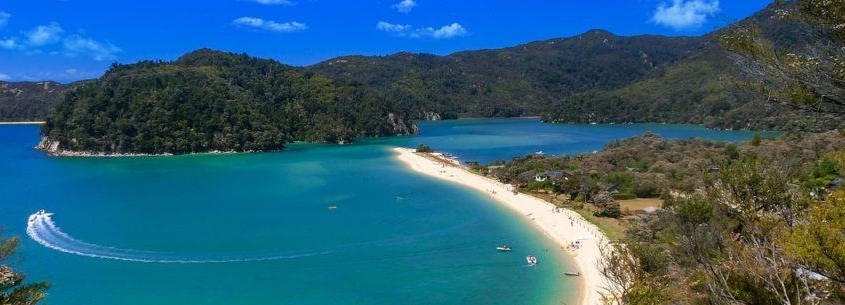
No wonder New Zealand is the ultimate outdoor adventure playground, offering every kind of thrill and degree of blood-pumping adrenalin adventure to pure hedonistic relaxation and pleasure.
- Skiing to surfing to swimming
- Bungee jumping to jet boating
- Raft exhilarating white-water rapids and glow-worm caves
- Kayak in the sea, or in tranquil rivers and lakes
- Yachting, diving and harbour cruises
- Bushwalking and hiking in national parks and reserves
- Fishing
With such an abundance of open space accessible to everyone, and an enviable climate, sport and recreation fit neatly into the New Zealand lifestyle. Rugby football is the national sport epitomised by the world-famous All Black rugby team. Of course, there are many other sports too: schools, universities and colleges offer excellent sport facilities for students who want to play tennis, squash, cricket, basketball, soccer, netball, softball or rugby. Many of these activities and sports are within walking distance or easy travelling time from student campuses.
Other practical benefits for studying in New Zealand include:
- New Zealanders are famed for their friendliness, hospitality and warmth to overseas visitors, and enjoy meeting folk from other cultures
- You can expect a high standard of living conditions
- Secondary and tertiary education in New Zealand offers an attractive and stimulating academic environment. The institutions are diverse in size and location, and offer a wide range of general and specialist courses
- The quality of a New Zealand tertiary education is well-recognised internationally
- Many New Zealand graduates go on to postgraduate study in other countries, prior to taking up careers overseas or in New Zealand
- New Zealand offers a safe and stable democratic political environment
- A great variety of recreational and cultural experiences are available in a country renowned for its natural rugged beauty, yet without any dangerous animals
- Living and tuition costs compare well with other countries
- Travel to New Zealand is easy, with direct flights from most major cities
So what are you waiting for? Come to New Zealand for the educational experience of a lifetime!
New Zealand's Breathtaking Geography
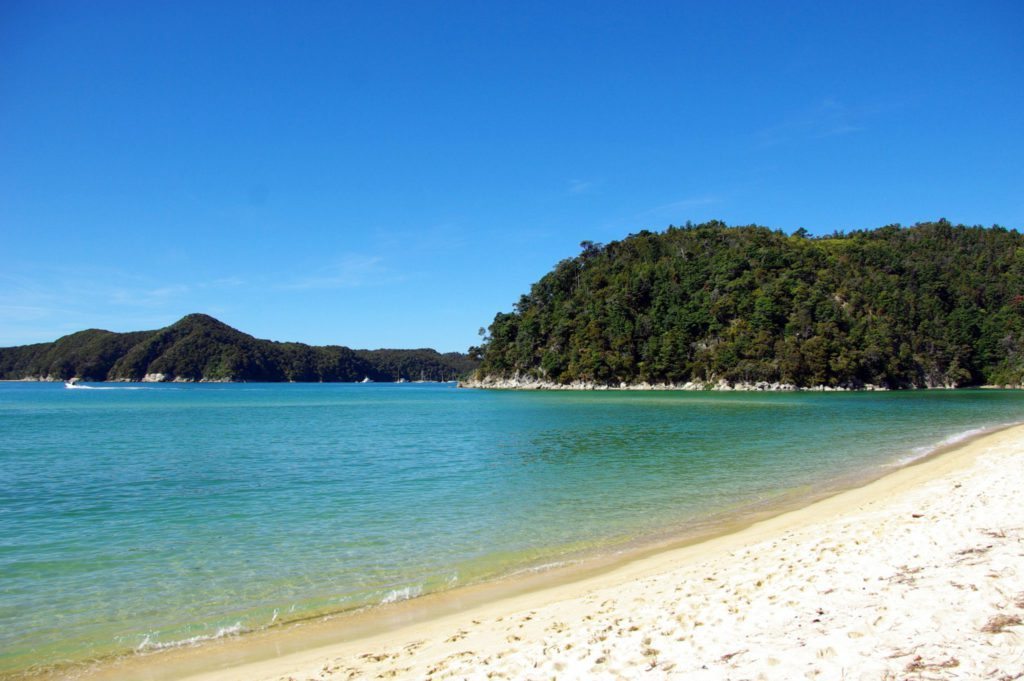
New Zealand has breathtaking scenery, and what is notable about this fascinating country is that there is such a wide variety of terrain so close to each other. You can visit beautiful sandy beaches, mountain ranges, glaciers, sounds and fiords, rugged coastline, and farmland.
New Zealand is made up of two main islands – the North Island and the South Island, of course enough north and south of each other. There is also Stewart Island to the south of Invercargill, and many other smaller islands
offshore.
The main characteristic of the North Island is the mountain range ‘spine’ that runs through the middle. In the centre of the North Island is the Volcanic Plateau, which is an active volcanic and thermal area.
The South Island is dominated by the enormous Southern Alps – a beautiful mountainous region. In the east of the Southern Islands is the large flat area of the Canterbury Plains and the beautiful farmland of the Otago peninsula and Southland.
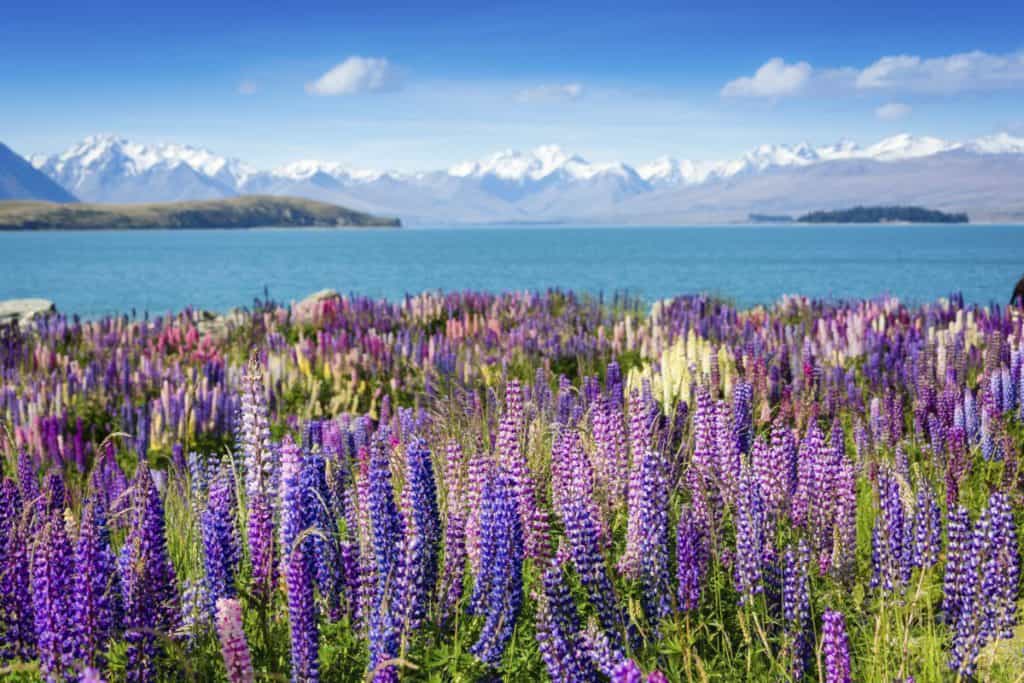
New Zealand is an isolated country and it was once part of the Gondwana continent and separated from it about 80 million years ago. As a result New Zealand is straddled across 2 tectonic plates (the Pacific and Australian), which due to their movement results in a lot of geological action – with volcanoes, earthquakes and other natural occurrences. This also results in amazing geothermal areas and hot springs. The oldest rocks in the country are over 500 million years old.
If you want to visit the hotbed of geothermal activity, then Roturua on the North Island is the place to go. It may smell strongly of sulphur, but also boasts a wealth of hot springs, geysers and mud pools. The hot springs were originally used by the Maori for cooking and bathing, but the European settlers soon came for the reputed health benefits. Hot springs and thermal activity can also be found north of Turangi in the North Island, and Hamner Springs and the west coast of the South Island.
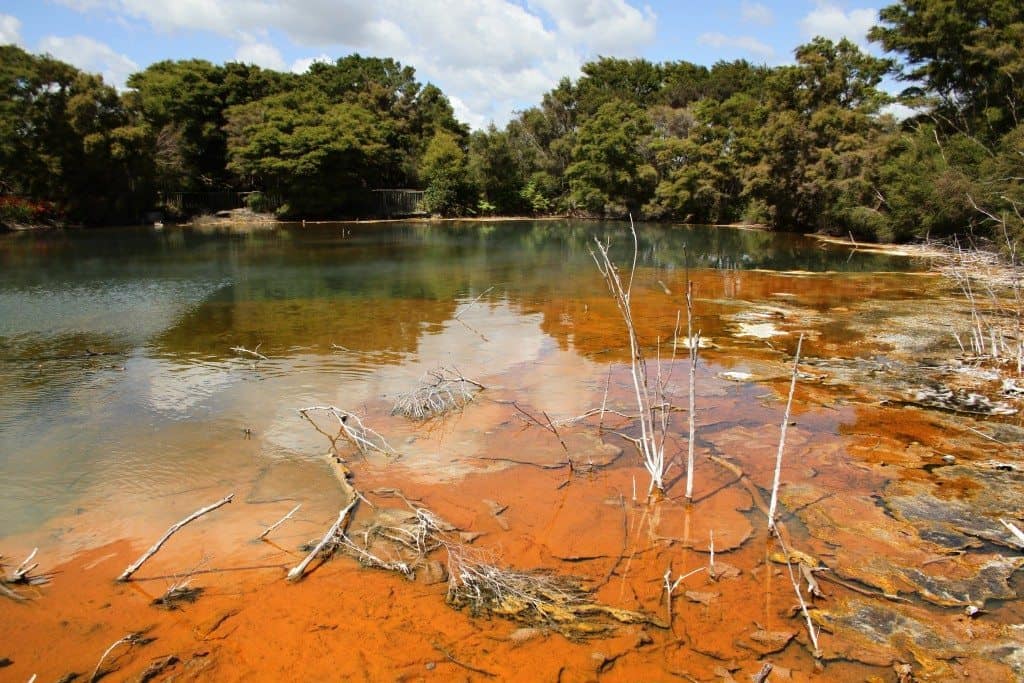
Or you can visit New Zealand’s mountainous areas, comprising twenty per cent of the North Island and about two thirds of the South Island. This includes the Southern Alps, the spectacular mountains in the South Island. These have some incredible glaciers here, including the Franz Josef, the Fox and Tasman glaciers. These can be hiked up, or heli-hiked – which is flying up by helicopter and walking down.
There are also ‘sunken mountains’: high mountains which have sunk into the sea and created some incredible landscapes of sounds and fiords. Notable examples are the Marlborough Sounds and Fiordland in the South Island, with still water surrounded by hills – perfect for sailing and kayaking.
The coastline of New Zealand is 15,000 kilometres long. The far north and east of the North Island have beautiful sandy swimming and surfing beaches, for example the Coromandel. The north of the South Island also boasts sandy beaches, and other areas of the South Island are a bit more rugged and wild.
